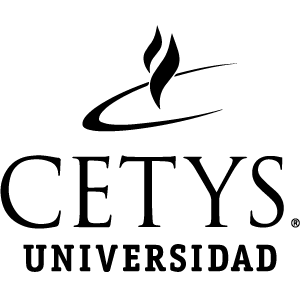https://repositorio.cetys.mx/handle/60000/1727| Título : | Ergonomic Factors That Impact Job Satisfaction and Occupational Health during the SARS-CoV-2 Pandemic Based on a Structural Equation Model: A Cross-Sectional Exploratory Analysis of University Workers |
| Otros títulos : | Universidad de Sonora |
| Autor : | Ramos-García, Víctor Manuel López-Leyva, Josué Aarón Ramos-García, Raúl Ignacio García-Ochoa, Juan José Ochoa-Vázquez, Ivan Guerrero Ortega, Paulina Verdugo-Miranda, Rafael Verdugo-Miranda, Saúl |
| Palabras clave : | Estructural equation model;Job satisfaction;Organizational ernogomics;Physical ernogomics |
| Sede: | Campus Ensenada |
| Fecha de publicación : | sep-2022 |
| Citación : | vol.19;núm. 17 |
| Resumen : | This paper presents a structural equation model to determine the job satisfaction and occupational health impacts concerning organizational and physical ergonomics, using (as a study) objective unionized workers from the University of Sonora, South Campus, as an educational enterprise, during the SARS-CoV-2 pandemic. The above is a key element of an organizational sustainability framework. In fact, there exists a knowledge gap about the relationship between diverse ergonomic factors, job satisfaction, and occupational health, in the educational institution’s context. The method used was a stratified sample of workers to which a job satisfaction–occupational health questionnaire was applied, consisting of 31 items with three-dimensional variables. As a result, the overall Cronbach’s Alpha coefficient was determined, 0.9028, which is considered adequate to guarantee reliability (i.e., very high magnitude). Therefore, after the structural equation model, only 12 items presented a strong correlation, with a good model fit of 0.036 based on the root mean square error of approximation, 1.09 degrees of freedom for the chi-square, 0.9 for the goodness of fit index, and a confidence level of 95%. Organizational and physical factors have positive impacts on job satisfaction with factor loads of 0.37 and 0.53, respectively, and p-values of 0.016 and 0.000, respectively. The constructs related to occupational health that are considered less important by the workers were also determined, which would imply a mitigation strategy. The results contribute to the body of knowledge concerning the ergonomic dimensions mentioned and support organizational sustainability improvements in educational institutions and other sectors. |
| metadata.dc.description.url: | https://investigadores.unison.mx/es/publications/ergonomic-factors-that-impact-job-satisfaction-and-occupational-h |
| URI : | https://repositorio.cetys.mx/handle/60000/1727 |
| Aparece en las colecciones: | Artículos de Revistas |
Este ítem está protegido por copyright original |
Este ítem está sujeto a una licencia Creative Commons Licencia Creative Commons


